Heya and welcome back to Five Things Running!
Just a week ago my back hurt so much I could hardly walk. Instead of running I went swimming. And now I feel rejuvenated and have no back pain anymore. I went for a short run on Sunday and everything felt great again and afterwards I went swimming. I think I will change my “training plan” (I don’t really have one) now to incorporate more swimming. Not because I like it, but because it seems to work well for my back.
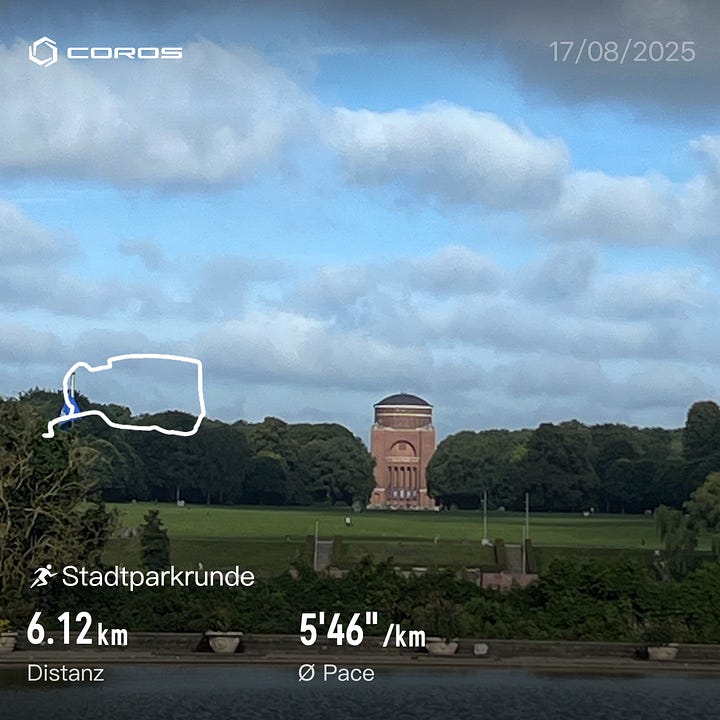

I went to the pool so often last week that I’m now on a first-name basis with one of the lifeguards and when I when I went back at a time when the pool was crowded he yelled “Nico is here, make room for him, he wants to swim!” - that was very helpful…
Here’s this week’s Five Things Running!
Why I’m Proud to Be an Average Runner
In a world that's obsessed with being the best, fastest, or strongest, I've found something better: The simple pleasure of showing up and doing something I love without needing to prove anything to anyone.
I run because it makes me feel good. I race because it's fun to challenge myself. I fail because that's part of trying. I succeed because I keep showing up.
I’m probably even below average and this really takes away lots of pressure.
How to mimic elite runners’ effortless running form, according to science
If you’ve ever watched a distance race, you’d have noticed how the fastest runners sweep by with seemingly effortless strides, while the slower runners behind them appear to grind it out. And you probably don’t need a scientific study to tell you that the two groups move differently in subtle but significant ways.
The main disparity is that elite runners have fine-tuned their form to maximise efficiency and minimise wasted motion – and while you might not be chasing Olympic qualifying times, you can train your body to move more like the professionals. That means smoother, faster and more economical runs – and maybe even a new PB.
You should try this, but I’m too old for getting taught new tricks or motions.
Run a Faster Marathon with This Simple Strategy
Elite runners have long used this approach to set records, but recreational runners often struggle to execute it. The science shows that a negative split not only conserves energy but also protects your body from overheating and cardiovascular strain, allowing you to finish strong. It’s also, in my experience, a more fun way to run a race. Passing people is much more enjoyable than getting passed.
It sounds very plausible, I might try this for my next marathon, but I currently don’t have any planned. Maybe you find this helpful!
Community Trends in Running: Performative vs. Lasting Impact
At its core, the running community is kept alive by shared purpose. We all experience suffering and satisfaction defined by workouts, long runs, race results, short shorts, electrolytes, stomach problems, watch tans, blisters, personal bests, personal worsts, super foam, foam rollers, rolling our ankles, and most importantly, self-actualization. And when we run together, we are a universal collective of individuals supporting one another, encouraging each other to cross the finish line.
When we think about community in the brand marketing space, it gets more complicated. The brand always has self-serving interests, which isn’t good or bad, it’s just the reality of investing budget and resources into something. The challenge for many working in running is defining ROI in these scenarios. Most of the time, it’s intangible. There is no clear ROI from a panel discussion. There’s no revenue from a youth mentorship program. That’s why community activations and events are often the first to go when a marketing department has to make budget cuts.
I love the community aspects of running and I’m sure that this helps so many people into the sport and keep motivated. I see more and more organized runs taking place in my hometown, which have a much better vibe than the traditional run clubs meeting at the local track.
The Gatekeepers on the Trail
Any other niche sport would be thrilled to have a former Olympic champion join the scene, competing for the joy of it, looking for a new challenge maybe even bringing outside attention, newcomers, or sponsors to help the sport grow.
But with trail running, it seems different. It seems you really have to earn your place in the community. Which makes one wonder: what’s so special about this sport, and does one really want to be part of a community that’s not so open, except to those who are already inside?
No shortcuts. If Jan Frodeno wants to run UTMB, I’m sure he’ll be able to qualify for it.
Thanks to COROS for supporting this publication!
If you missed last week’s edition, you can read it here:
Now, go running!
— Nico
🏃🏻♂️

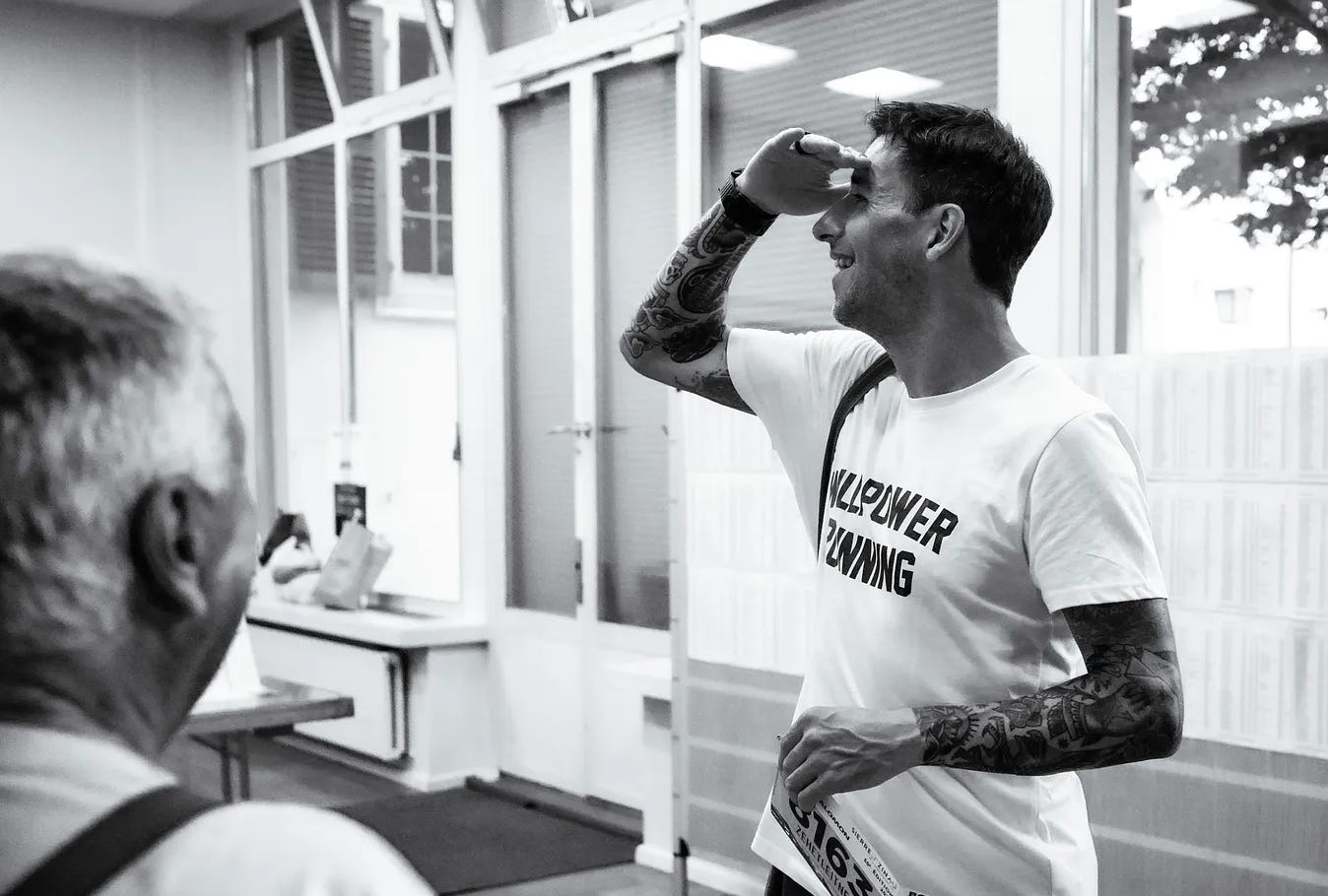
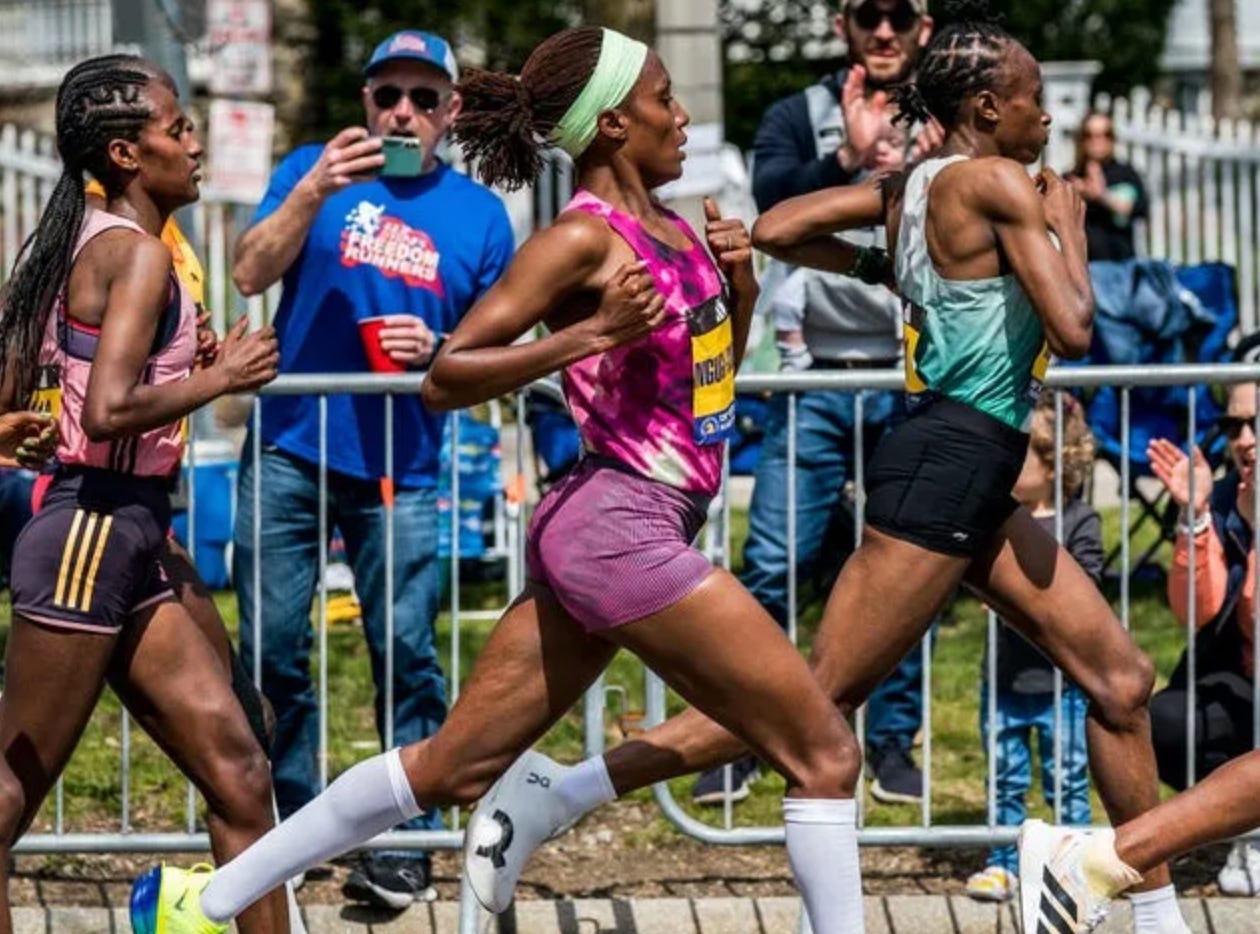
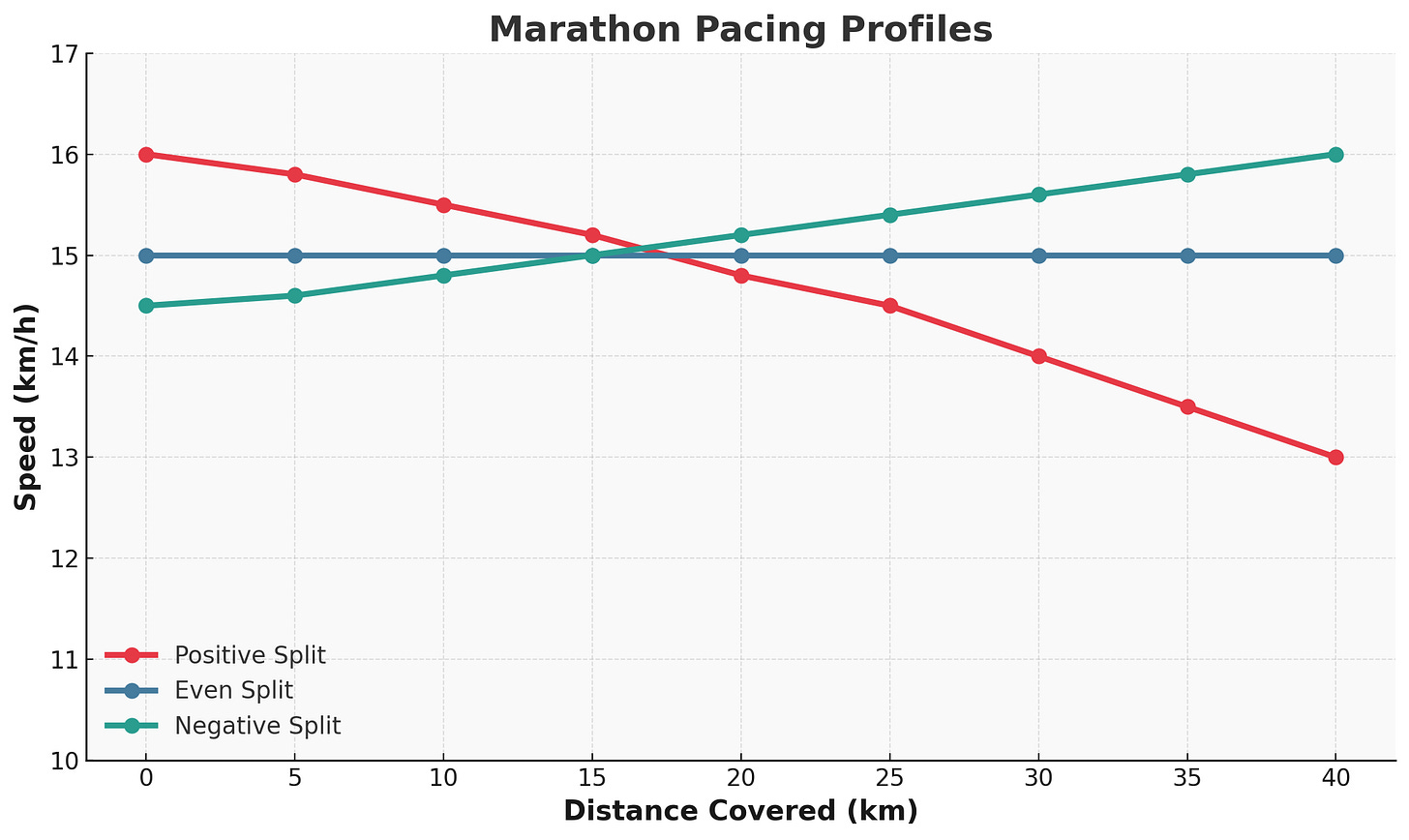
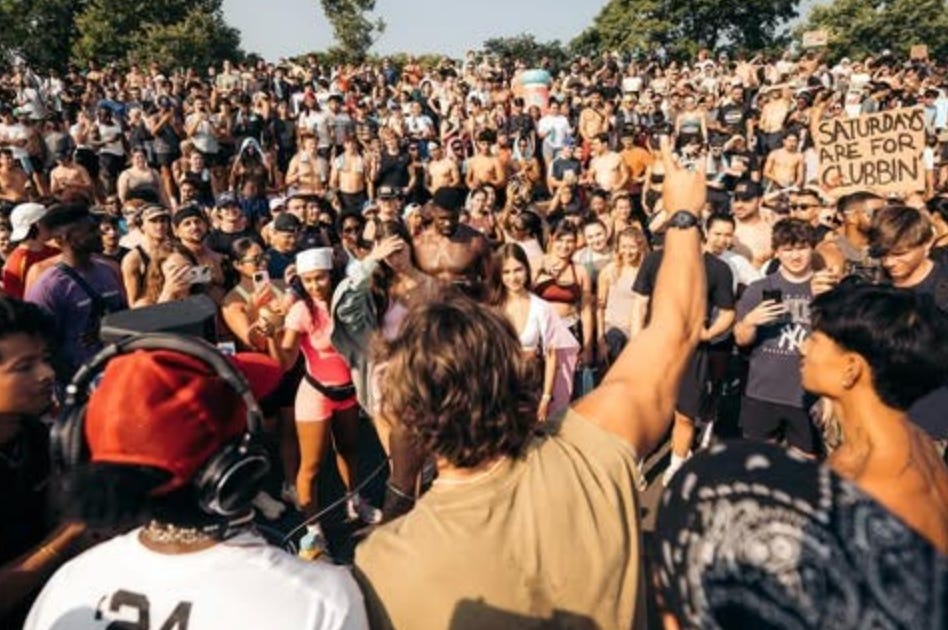
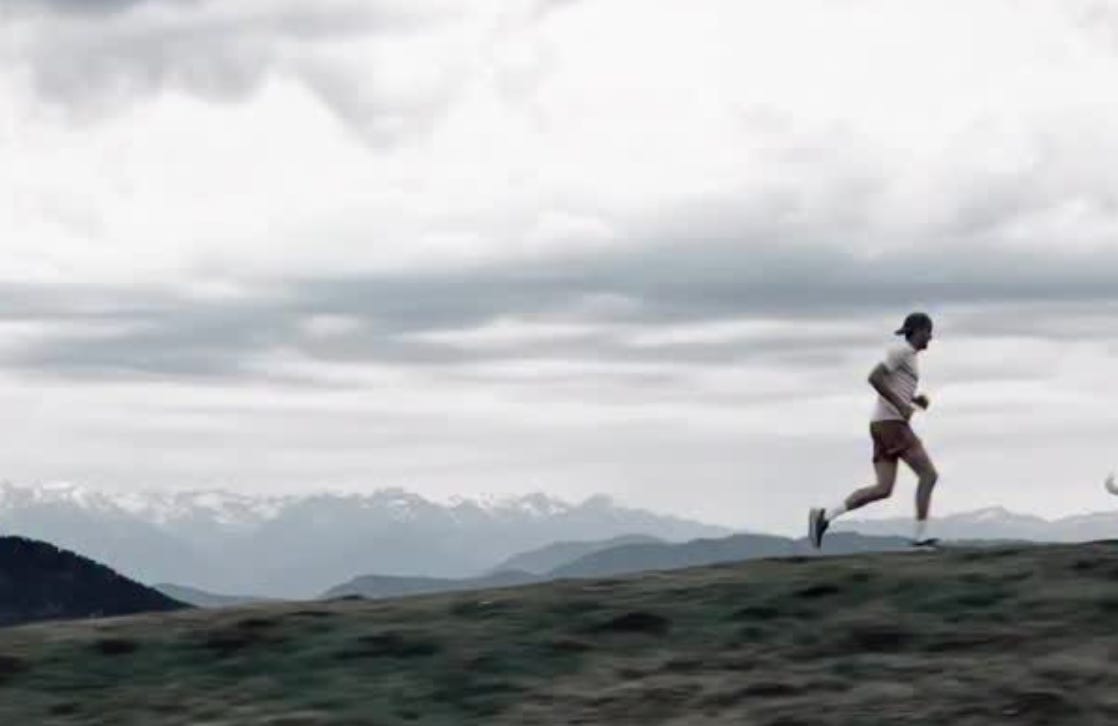


Thanks for this (above average) collection and adding my average running article.
Some gold nuggets here. Thank you!